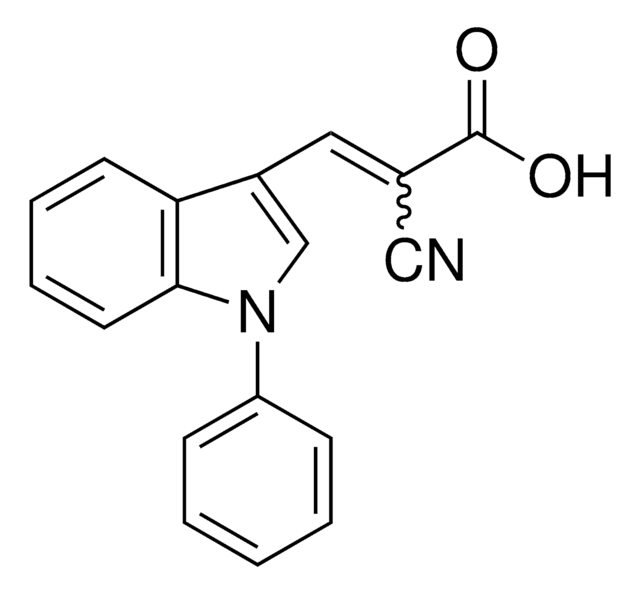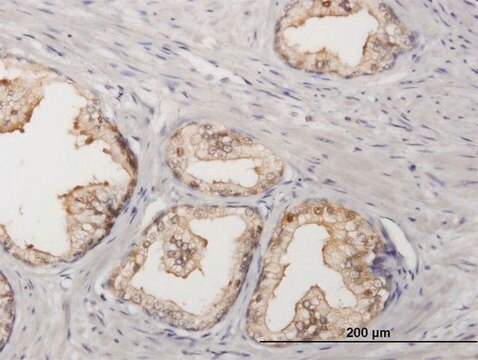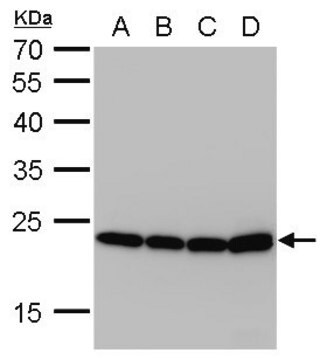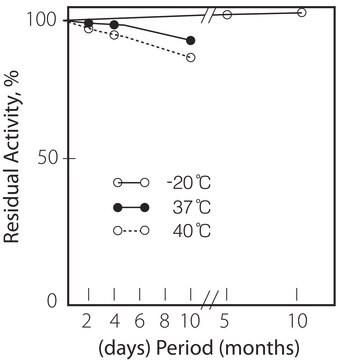SRP6124
SORD human
recombinant, expressed in E. coli, ≥90% (SDS-PAGE)
Synonym(s):
L-iditol 2-dehydrogenase, Sorbitol dehydrogenase
About This Item
Recommended Products
biological source
human
recombinant
expressed in E. coli
Assay
≥90% (SDS-PAGE)
form
liquid
mol wt
40.4 kDa (377 aa, 1-357 aa + NT His Tag)
packaging
pkg of 100 μg
storage condition
avoid repeated freeze/thaw cycles
NCBI accession no.
shipped in
dry ice
storage temp.
−70°C
Gene Information
human ... SORD(6652)
General description
Physical form
Preparation Note
Other Notes
Signal Word
Warning
Hazard Statements
Precautionary Statements
Hazard Classifications
Eye Irrit. 2
Storage Class Code
11 - Combustible Solids
WGK
WGK 3
Flash Point(F)
Not applicable
Flash Point(C)
Not applicable
Certificates of Analysis (COA)
Search for Certificates of Analysis (COA) by entering the products Lot/Batch Number. Lot and Batch Numbers can be found on a product’s label following the words ‘Lot’ or ‘Batch’.
Already Own This Product?
Find documentation for the products that you have recently purchased in the Document Library.
Our team of scientists has experience in all areas of research including Life Science, Material Science, Chemical Synthesis, Chromatography, Analytical and many others.
Contact Technical Service








